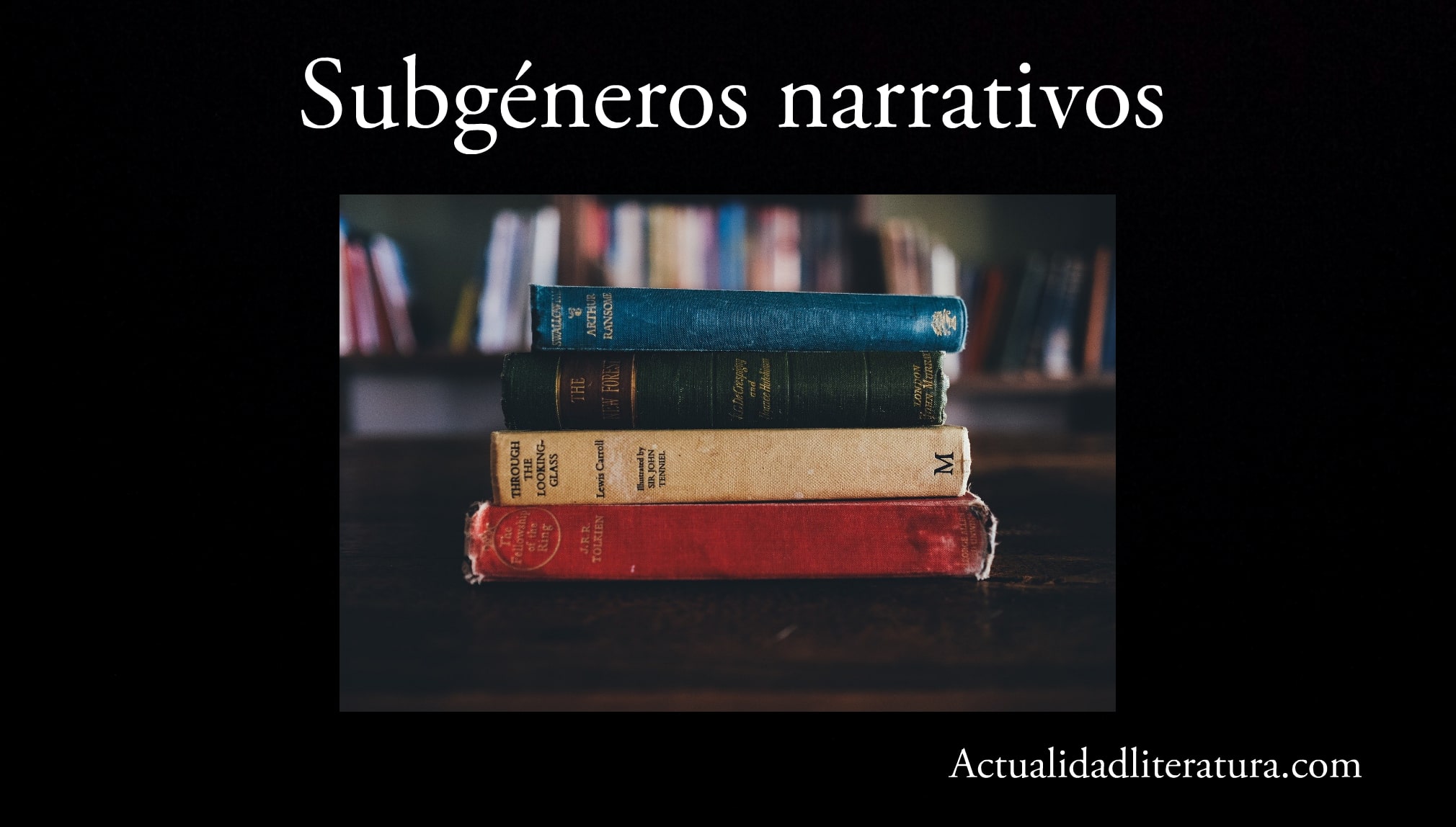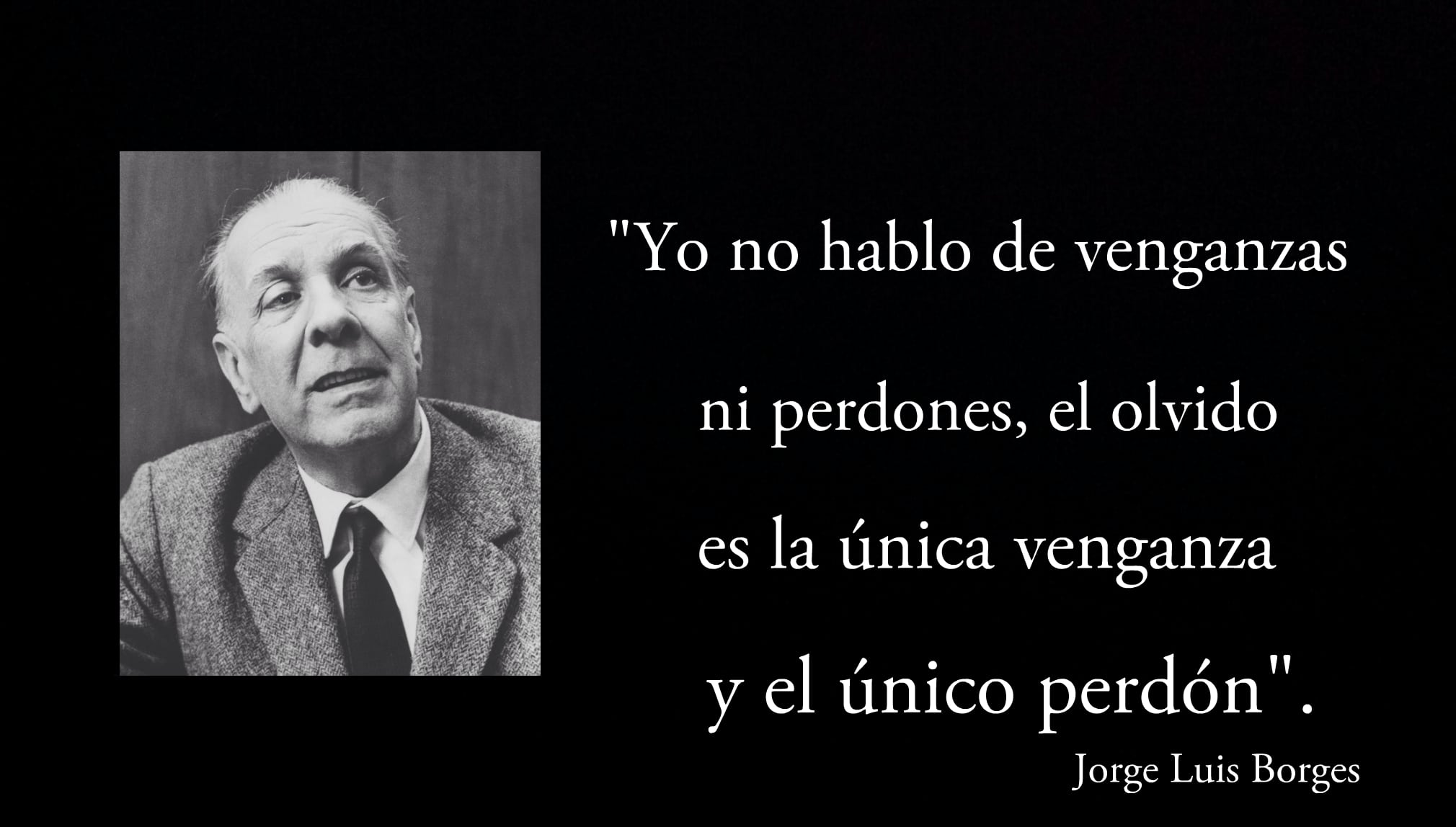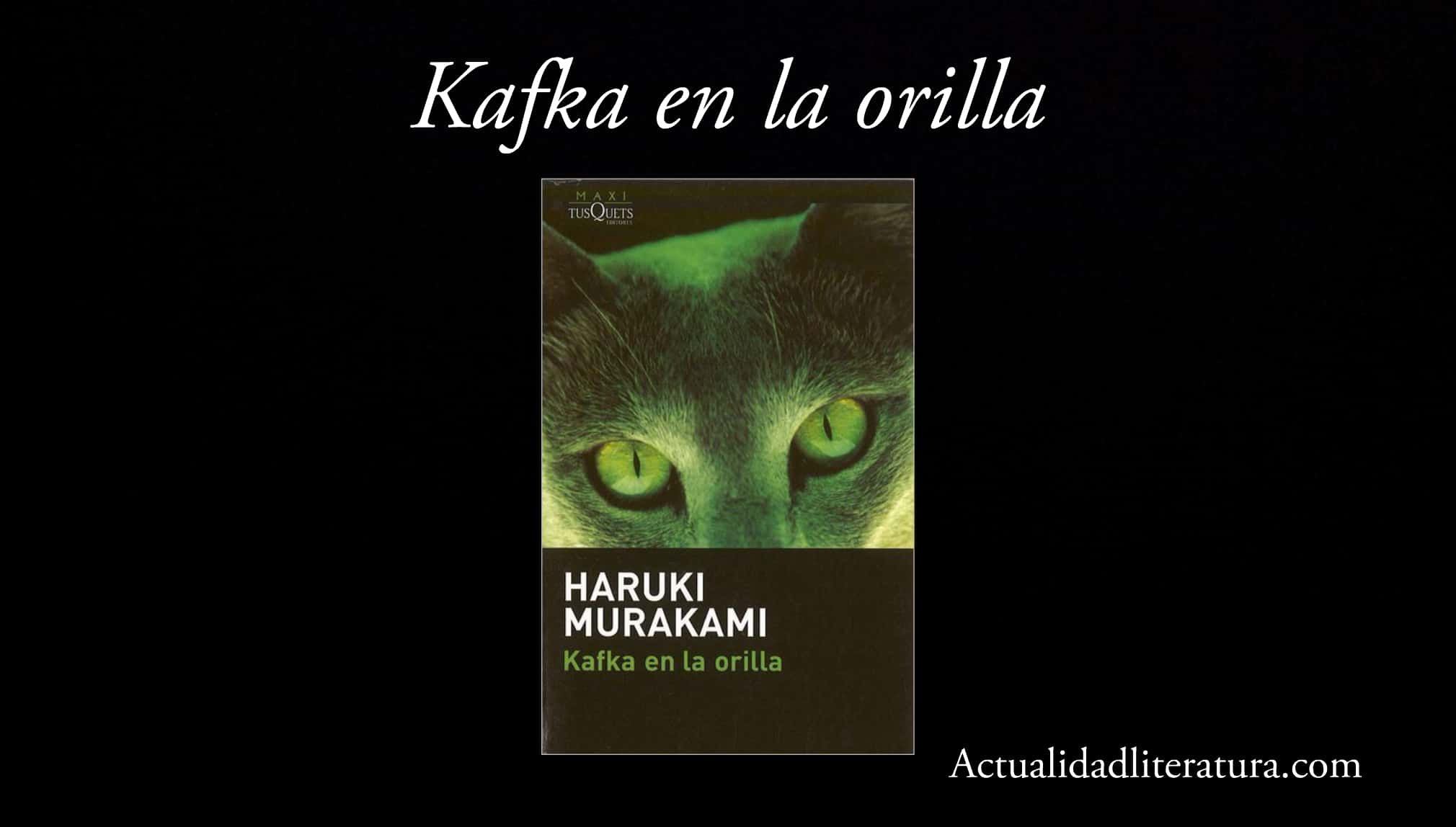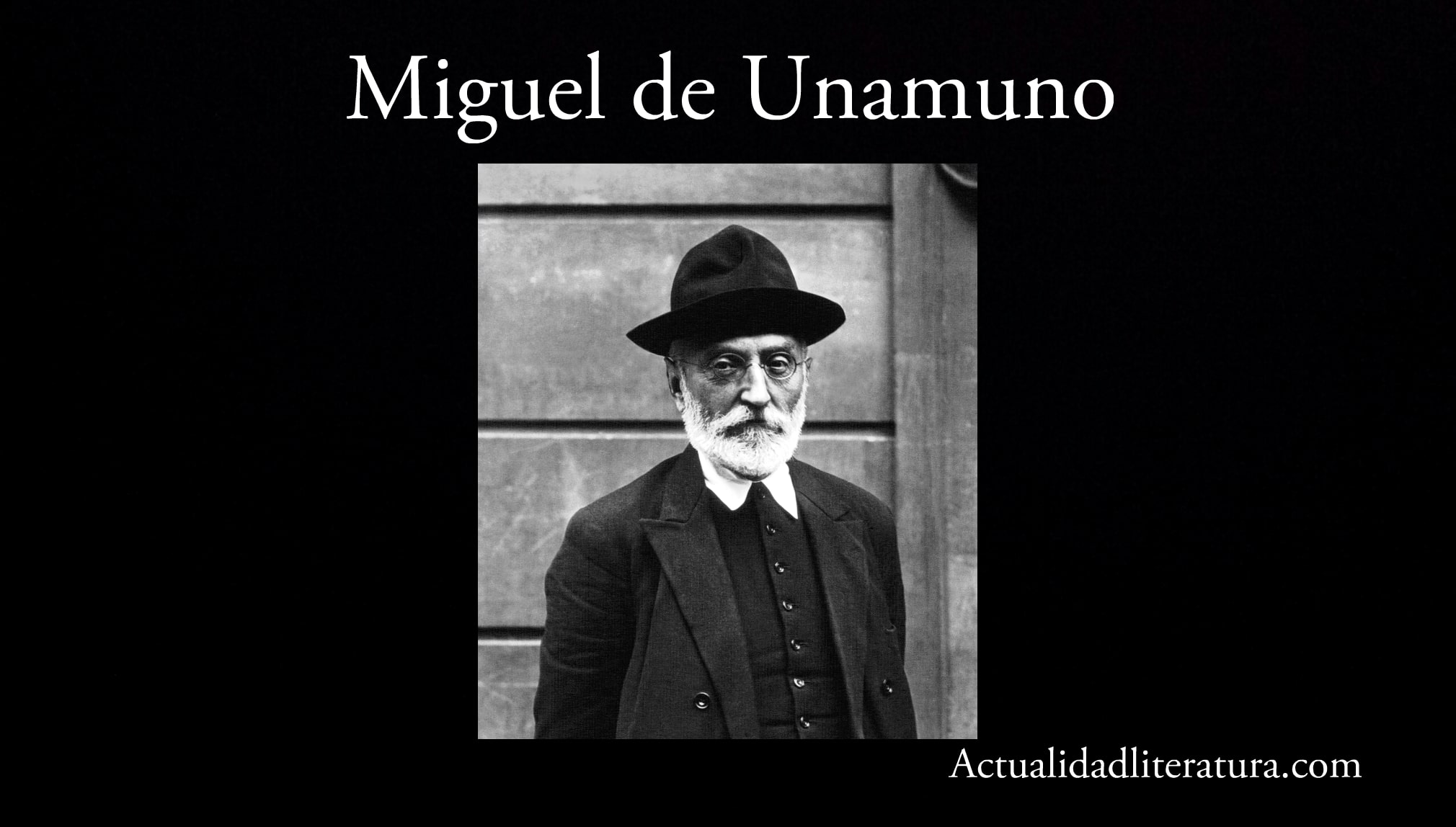
Narrative subgenres.
We understand by narrative subgenres, in their most basic concept, to each of the groups that make up the narrative texts. The latter are created to tell a story (with a real basis or not) with a playful purpose (to entertain). In the narrative, the characters —commonly external to the author— are delimited in a specific space and time.
In the narrative subgenres we can find two types: literary and non-literary. Among the literary narrative texts we have the story, the novel, the story, the micro story, the legend, the fable and the myth. These are loaded with the so-called poetic function, which is nothing more than a resource that allows to give forcefulness to the message issued. As for non-literary narrative texts, they are personal in nature. We can find among them letters, newspapers, emails.
The story
It is a short narrative of fictitious events in which a small number of characters participate within an easy-to-understand plot. Therefore, the development of the story has a simple and organized structure. There are two types of stories:
Folk or folk tales
By anonymous author, transmitted by oral tradition (mainly) from generation to generation. In turn, depending on the subject matter, folk tales can be:
- Of animals
- Of magic
- Comics or anecdotes
- Novelists
- Religious
Literary tales
Known author and published in written form. Among the exponents of this subgenre, some titles by great Latin American authors stand out. They can be named: “The trace of your blood in the snow”, by Gabriel García Márquez; "El Aleph", by Jorge Luis Borges; “A la deriva”, by Horacio Quiroga; "Axolotl", by Julio Cortázar.

Phrase by Jorge Luis Borges.
Anti-Christmas tale
The anti-Christmas tale changes the traditional values of Christmas for a story loaded with ironies, black humor and grotesque events. Usually the narrator uses a monologue to describe the events. These narrative features are evident in "Les Foufs," by Canadian author Yvan Bienvenue.
The story
It is a short narrative with a discursive structure (with one or more speeches), lacking the formal organization of a story. Usually, the stories are the product of a momentary inspiration or an eventual motive, where the facts are accurately described. Here are some of the best known Hispanic American stories:
- "Someone will dream", by Jorge Luis Borges.
- "Amor 77", by Julio Cortázar.
- "Duelo", by Alfonso Reyes.
- "Etching", by Rubén Darío.
- "The drama of the disenchanted", by Gabriel García Márquez.
The micro-story
Also called micro-story, It is a text written in very short prose whose argument is fictitious, built with a precise and concrete language. Likewise, ellipsis is often used in the micro-story as a favorite resource to surprise the reader.
The novel
It is an extended narrative of events of an imaginary nature, which almost always include dialogue and a resolution. Generally, novels have at least sixty thousand words written in prose. Now, between the paragraphs there may be poems when the story warrants it. Likewise, the depth of the characters is greater compared to those of a story or a story.
Main novel subgenres
Fantastic novel:
In them the protagonists are unreal beings and the action unfolds in an imaginary world or universe. In this sense, sagas like The Lord of the Rings de J. R. R. Tolkien y A song of fire and ice George RR Martin's are two of the best-known fantasy novel titles of all time. This reflects the enormous rise of this subgenre in contemporary times.
Philosophical novel:
It is characterized by the argumentation of a thesis raised by the author (It can be related to a particular situation, the analysis of the behavior of a character or about an event). Then, the same writer exposes the antithesis and concludes with a synthesis derived from that confrontation of ideas. Two of the best known books within this subgenre are Thus Spoke Zarathustra (1883) by Friedrich Nietzsche and Nausea (1938), by Jean-Paul Sartre.
Detective novel:
As the name implies, in this type of novels the main character is usually a policeman or detective focused on solving a crime. In this regard, the CWA (Criminal Writers Association) consider that the top 3 of this subgenre are made up of: The daughter of time (1951), by Josephine Tey; The big dream (1939) by Raymond Chandler; Y The spy that emerged from the cold (1963), by John le Carré.
Psychological novel:

Kafka on the shore.
You can buy the book here: Kafka on the shore
It is one characterized by a narrative focused on the thoughts or the inner world of one or more of the characters. One of the most recent and prominent titles within this subgenre is Kafka on the shore (2002), by Haruki Murakami.
Realistic novel:
Despite presenting characters invented by the author, It is a type of novel whose development details events that are feasible or that could happen in real life.
Pink novel:
They are those whose main theme is love. One of the most famous rose novels of all time - and also successfully adapted to the big screen - is Pride and prejudice (1813), by Jane Austen.
Some types of novels specific to a time, author or religion
The nívola:

Miguel de Unamuno.
It is a type of novel invented by the Spanish writer Miguel de Unamuno, who elaborated extensive narratives where the action runs through the most unlikely monologues of the protagonists. Even in the magisterial Fog (1914), the Basque writer reflected the thoughts of a dog.
Moorish novel:
This subgenre of novel emerged in the XNUMXth century is distinguished by its idealistic-themed narrative prose and its Muslim protagonists. They present examples of peaceful coexistence between Moors and Christians.
Polyphonic novel:
The term was coined by the Russian philosopher and literary critic Mikhail Bakhtin in his review titled Problems of Dostoevsky's Poetics (1936) This book raises the need for a new type of novel, in which there is a dialectical confrontation between different worldviews or ideals embodied by various characters.
Other types of novel
- War.
- Byzantine.
- Knightly.
- Courtesan.
- Thesis.
- Picaresque.
- Satirical.
Legend
It is a type of narration —almost always of an oral type— in which supernatural events are treated as if they actually occurred. Therefore, the purpose of the captions is (to try) to find a rational explanation for an ununderstood or irrational event.
Mito
It is a story starring one or more heroic figures typical of advanced cultures (Greek, Roman, Egyptian, Mayan ...). Namely, the members of the story are gods, demigods or deities with epic narratives transmitted orally. For example: the myth of the birth of Aphrodite (Greek mythology) or the story of the Aluxes (Mayan mythology).
Fable
It is a narrative in prose (it can also be in verse) starring animals that embody some type of typical human behavior. Where the main purpose is to leave a moral or final learning. For this reason, fables are often used as part of children's stories. For example: the fable of the hare and the tortoise.
Non-literary narrative texts
Journalistic texts
Unfailingly, a journalistic text must rigorously reflect the details related to a real event. Therefore, the language must be clear and concise, in order to facilitate the reader's understanding. Similarly - unless it is an opinion piece - objectivity is a very important aspect.
Personal texts
These are subjective narratives, with a high emotional component for the narrator of the story. They are characterized by relating reliable events.